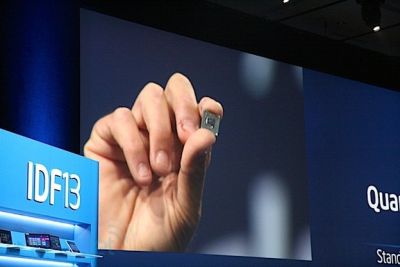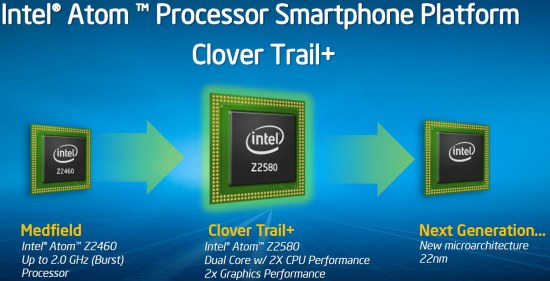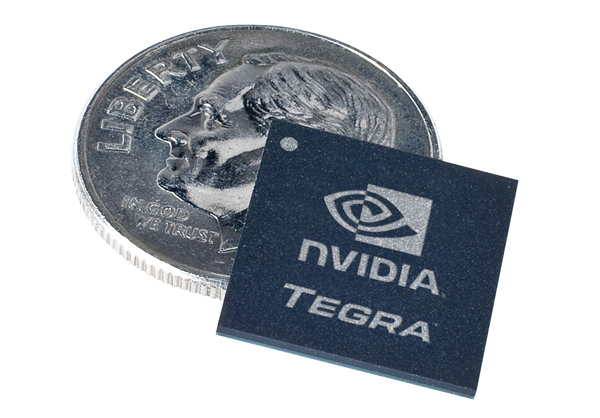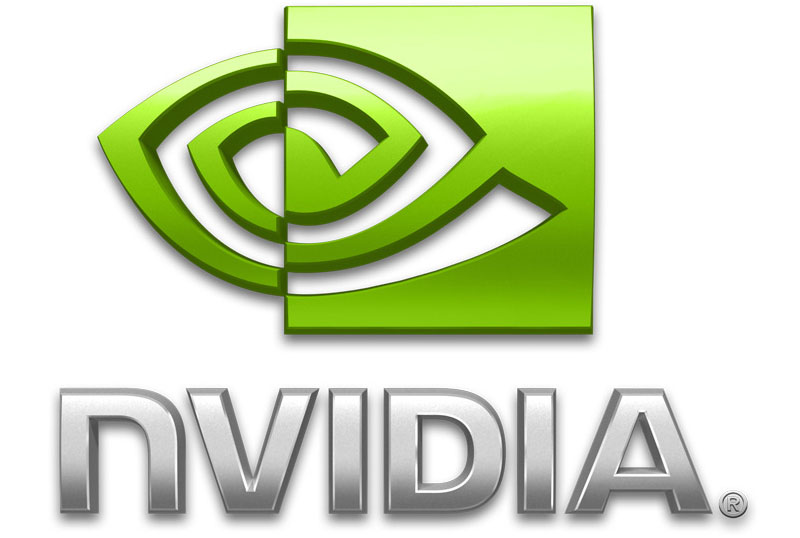From The Blog
-
ConnectWise Slash and Grab Flaw Once Again Shows the Value of Input Validation We talk to Huntress About its Impact
Written by Sean KalinichAlthough the news of the infamous ConnectWise flaw which allowed for the creation of admin accounts is a bit cold, it still is one that…Written on Tuesday, 19 March 2024 12:44 in Security Talk Read 611 times Read more...
-
Social Manipulation as a Service – When the Bots on Twitter get their Check marks
Written by Sean KalinichWhen I started DecryptedTech it was to counter all the crap marketing I saw from component makers. I wanted to prove people with a clean…Written on Monday, 04 March 2024 16:17 in Editorials Read 1517 times Read more...
-
To Release or not to Release a PoC or OST That is the Question
Written by Sean KalinichThere is (and always has been) a debate about the ethics and impact of the release of Proof-of-Concept Exploit for an identified vulnerability and Open-Source…Written on Monday, 26 February 2024 13:05 in Security Talk Read 1067 times Read more...
-
There was an Important Lesson Learned in the LockBit Takedown and it was Not About Threat Groups
Written by Sean KalinichIn what could be called a fantastic move, global law enforcement agencies attacked and took down LockBit’s infrastructure. The day of the event was filled…Written on Thursday, 22 February 2024 12:20 in Security Talk Read 1020 times Read more...
-
NetSPI’s Offensive Security Offering Leverages Subject Matter Experts to Enhance Pen Testing
Written by Sean KalinichBlack Hat 2023 Las Vegas. The term offensive security has always been an interesting one for me. On the surface is brings to mind reaching…Written on Tuesday, 12 September 2023 17:05 in Security Talk Read 2085 times Read more...
-
Black Kite Looks to Offer a Better View of Risk in a Rapidly Changing Threat Landscape
Written by Sean KalinichBlack Hat 2023 – Las Vegas. Risk is an interesting subject and has many different meanings to many different people. For the most part Risk…Written on Tuesday, 12 September 2023 14:56 in Security Talk Read 1801 times Read more...
-
Microsoft Finally Reveals how they Believe a Consumer Signing Key was Stollen
Written by Sean KalinichIn May of 2023 a few sensitive accounts reported to Microsoft that their environments appeared to be compromised. Due to the nature of these accounts,…Written on Thursday, 07 September 2023 14:40 in Security Talk Read 2077 times Read more...
-
Mandiant Releases a Detailed Look at the Campaign Targeting Barracuda Email Security Gateways, I Take a Look at What this all Might Mean
Written by Sean KalinichThe recent attack that leveraged a 0-Day vulnerability to compromise a number of Barracuda Email Security Gateway appliances (physical and virtual, but not cloud) was…Written on Wednesday, 30 August 2023 16:09 in Security Talk Read 2056 times Read more...
-
Threat Groups Return to Targeting Developers in Recent Software Supply Chain Attacks
Written by Sean KalinichThere is a topic of conversation that really needs to be talked about in the open. It is the danger of developer systems (personal and…Written on Wednesday, 30 August 2023 13:29 in Security Talk Read 1834 times Read more...
Recent Comments
- Sean, this is a fantastic review of a beautiful game. I do agree with you… Written by Jacob 2023-05-19 14:17:50 Jedi Survivor – The Quick, Dirty, and Limited Spoilers Review
- Great post. Very interesting read but is the reality we are currently facing. Written by JP 2023-05-03 02:33:53 The Dangers of AI; I Think I Have Seen this Movie Before
- I was wondering if you have tested the microphone audio frequency for the Asus HS-1000W? Written by Maciej 2020-12-18 14:09:33 Asus HS-1000W wireless headset impresses us in the lab
- Thanks for review. I appreciate hearing from a real pro as opposed to the blogger… Written by Keith 2019-06-18 04:22:36 The Red Hydrogen One, Possibly One of the Most “misunderstood” Phones Out
- Have yet to see the real impact but in the consumer segment, ryzen series are… Written by sushant 2018-12-23 10:12:12 AMD’s 11-year journey to relevance gets an epic finish.
Most Read
- Microsoft Fail - Start Button Back in Windows 8.1 But No Start Menu Written on Thursday, 30 May 2013 15:33 in News Be the first to comment! Read 116474 times Read more...
- We take a look at the NETGEAR ProSafe WNDAP360 Dual-Band Wireless Access Point Written on Saturday, 07 April 2012 00:17 in Pro Storage and Networking Be the first to comment! Read 87393 times Read more...
- Synology DS1512+ Five-Bay NAS Performance Review Written on Tuesday, 12 June 2012 20:31 in Pro Storage and Networking Be the first to comment! Read 81937 times Read more...
- Gigabyte G1.Sniper M3 Design And Feature Review Written on Sunday, 19 August 2012 22:35 in Enthusiast Motherboards Be the first to comment! Read 80260 times Read more...
- The Asus P8Z77-M Pro Brings Exceptional Performance and Value to the Lab Written on Monday, 23 April 2012 13:02 in Consumer Motherboards Be the first to comment! Read 70895 times Read more...
Displaying items by tag: System on Chip
Intel shows off their smallest SoC ever; the Quark
 |
Intel started their Intel Developers Forum (IDF), held from 10-12.9. in San Francisco, in a very interesting conference where the CEO Brian Krzanich showed interesting new products.One of them is 14nm Broadwell Intel SoC, which Krzanich demonstrated as a part of an unknown reference notebook on which he did not present any details.
Intel’s technology for 22nm SoCs
 |
Intel has presented a new technology for the production of mobile chips for small portable devices. These new chips should be more competitive in the market that is now dominated by chips based on ARM's designs. They presented their ultra-low power SoC designs already at the International Electron Devices Meeting in San Francisco this year. Intel's 22-nanometer technology for SoC's should be ready for mass production of these chips during the next year.
The Myth of Quad Core SoCs and LTE To Be Dispelled Soon by nVidia
 One of the things that has always bothered us is the continual lack of improvement in the smartphone market in the US. Although we get to read about new technologies for “world” phones and drool over the latest products from companies like Samsung and HTC which sport quad core SoCs (System on Chip) under their screens when they finally reach the US market they are shadows of what people are getting in other markets.
One of the things that has always bothered us is the continual lack of improvement in the smartphone market in the US. Although we get to read about new technologies for “world” phones and drool over the latest products from companies like Samsung and HTC which sport quad core SoCs (System on Chip) under their screens when they finally reach the US market they are shadows of what people are getting in other markets.
Has nVidia already moved to 28nm?
 According to a few articles on the internet and a few things that are rumbling along the “usual lines” nVidia could already have working 28nm Silicon. Although no one seems to know what this silicon is a good guess would be Tegra. Jen-Hsun Huang, nVidia’s CEO, has been quotes are saying they have an entire team working to make this move much smoother than the one to 40nm.
According to a few articles on the internet and a few things that are rumbling along the “usual lines” nVidia could already have working 28nm Silicon. Although no one seems to know what this silicon is a good guess would be Tegra. Jen-Hsun Huang, nVidia’s CEO, has been quotes are saying they have an entire team working to make this move much smoother than the one to 40nm.
If you were not around for that one let’s just say it was a mess and nVidia lost a lot of money due to bad yields and other issues that were spawned by TSMC (Taiwanese Silicon Manufacturing Company) and their own rough transition to this die size. However, if you remember during this troubling time for both nVidia and TSMC there was an announcement that TSMC had already begun work moving to 28nm.
This announcement was made by TSMC around September/October which would make the timing for this about right. So, if TSMC has gotten their 28nm process right and nVidia is truly moving Tegra to 28nm first (and has working silicon) then the logical guess for this working Silicon is Tegra. The question now is which Tegra? It is highly unlikely to be Kal-El, but considering the claims that Jen-Hsun is making, a quad core ARM based SoC (System on Chip) that uses less power than the current dual core, we have to wonder. This is speculation of course but we do have some evidence for this supposition. It would also seem to fit the delays of this new mobile chip that we have heard about (now they are saying Holiday Season). It would not be beyond the realm of probability to see these SoCs ready for December and products out in January/February time frame which again could mean the Kal-El will show up as 28nm and not 40nm… But to be honest it is VERY unlikely.
Discuss in our Forum
nVidia talks up power efficiency on their Quad Core Kal-El Tegra processor
 About three or four years ago nVidia CEO Jen-Hsun Huang made the bold announcement that he wanted nVidia’s ARM based SoC (System on Chip) named Tegra to become 50% of nVidia’s revenue. One of the products that has had at least good success has been Microsoft’s ZuneHD. We were given the chance to play around with one of these and found it to be a great product. Unfortunately between the launch of the Tegra and the Tegra 2 was a serious delay. This had something of a negative impact on the market acceptance for this processor. When you combined these delays with the issues (and rumors) around the Fermi GPUs things did not look good for nVidia’s dream.
About three or four years ago nVidia CEO Jen-Hsun Huang made the bold announcement that he wanted nVidia’s ARM based SoC (System on Chip) named Tegra to become 50% of nVidia’s revenue. One of the products that has had at least good success has been Microsoft’s ZuneHD. We were given the chance to play around with one of these and found it to be a great product. Unfortunately between the launch of the Tegra and the Tegra 2 was a serious delay. This had something of a negative impact on the market acceptance for this processor. When you combined these delays with the issues (and rumors) around the Fermi GPUs things did not look good for nVidia’s dream.
However, since that time they have managed to turn much of that around and pulled off some great design wins. We have found nVidia’s dual core Tegra 2 in devices such as Asus’ Transformer and the Samsung Galaxy Tab 10.1. Both of these devices have grabbed the market’s interest and have begun to nibble away at the strangle hold that Apple has on the tablet market (and prompted a number of lawsuits from Apple).
Now with the Tegra 2 still tumbling out into the market nVidia is talking Kal-El a quad core Tegra that is reportedly faster and more power efficient than the Tegra 2. Now, having a power efficient quad core ARM based SoC is a very cool feat, but if nVidia is to be believed then the Kal-El Tegra will use less power than the current dual core Tegra 2. For those that will sat that the Android based Tablet and phone is in serious trouble due to Apple’s recent lawsuits and patent complaints do not worry. According to Huang, nVidia is still investing heavily in Android and also looking forward to Microsoft’s Windows 8. Windows 8 will be the first Windows operating system for ARM based SoCs.
We have some questions into nVidia to see just what they see as the future for Terga and the whole world of the Tegra and Smart device. We hope to hear back from them soon on this, but for now… it will be interesting to watch and see if nVidia can get Kal-El out of the gate soon and not repeat the same mistakes that plagued Tegra 2.
Discuss this in our Forum
